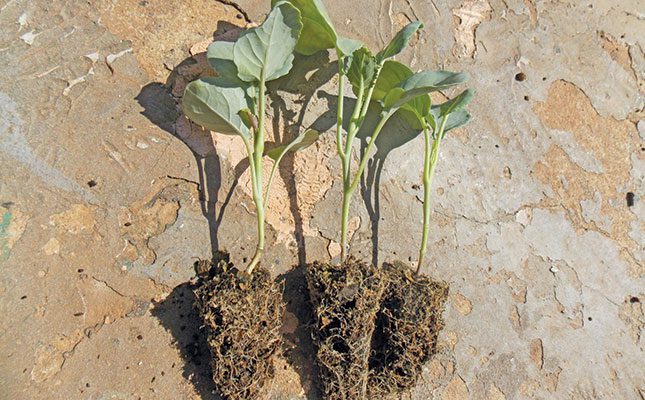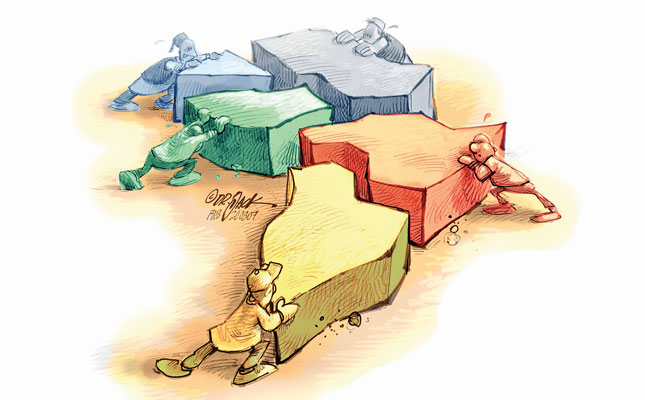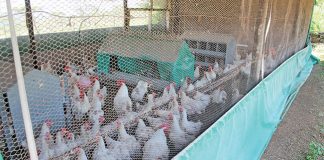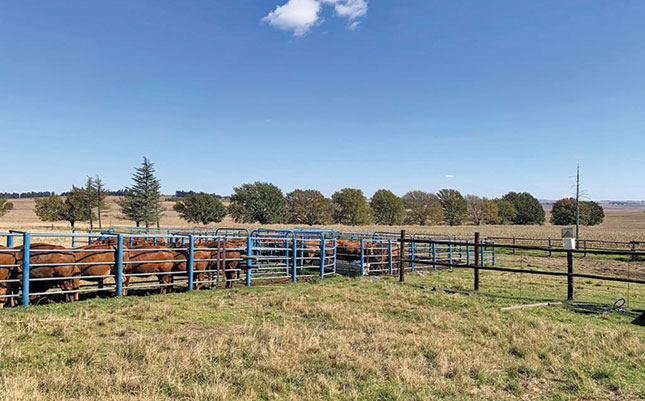
Photo: Bill Kerr
Before the introduction of cavity seedlings, most cabbage farmers grew their own
seedlings in soil. This could be successful, but required careful attention every step of the way. There were also many hazards.
One of these was the cyst eelworm. Farmers were often left with surplus seedlings and would offer them to other farmers. This resulted in the spread of cyst eelworm to many districts.
Other diseases, such as blackleg, could also be spread if you were not careful enough. I used to sow enough seedbeds to plant 50ha to cabbage, and it took much experimentation to perfect my system. Ultimately, I used raised beds and a home-made roller constructed from angle iron welded at the correct spacing to two old wheel hubs. I would roll it over the level beds to form grooves for the seed.
I also made a planter using perspex that could plant four rows 1m long across the bed. This would enable me to plant 500g of seed in half an hour with precise spacing. I covered the seed by dragging a blade over the soil after seeding. I then covered the beds with shade netting and used mini sprinklers.
The ground was fumigated before preparation to control weeds and any dangerous soil organisms.
Cavity seedlings
As is obvious, all of the above involved a great deal of extra work and risk. Today, almost every farmer makes use of professionally grown cavity seedlings.
Many farmers, however, plant their own cavity seedlings. In this way, they can be sure that they get the variety they want, because some nurseries tend to get varieties mixed up.
Experience is also needed when it comes to irrigation, pest and disease control, selecting the growing medium, and fine-tuning fertilisation. The latter is often different for each growing medium used.
If you prefer to buy seedlings, make sure you get the right variety for your growing environment. For example, if you farm in an area that’s very cold in winter and you buy seedlings grown in a warm area, they are unlikely to have been hardened sufficiently to cope with your climate and may suffer frost damage.
Explain your seedling requirements to the grower so that he or she understands your circumstances.
Weather delays
A problem can also arise if the weather proves a problem on your predetermined delivery date. If a cold front is on the way at this time, do your best to delay the delivery by a few days so as to avoid an unnecessary hazard. The grower will understand and accommodate your request.
It is also important to tell your nursery what sort of hardness you require for your conditions. This is likely to vary according to the season.
Hot and cold periods require more hardening. When conditions are favourable, virtually no hardening is required.
Bill Kerr is a vegetable specialist and breeder.










